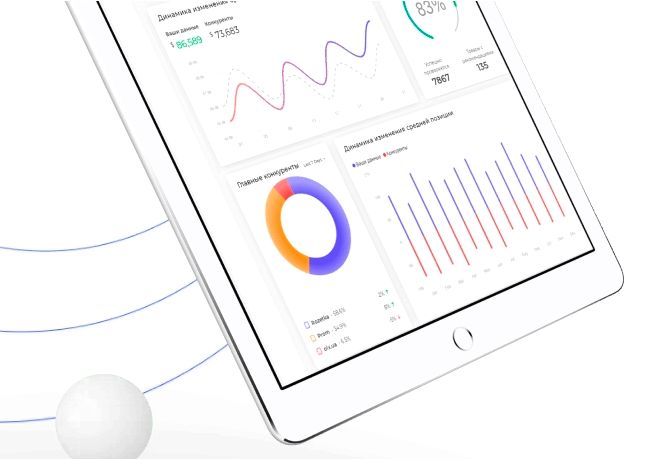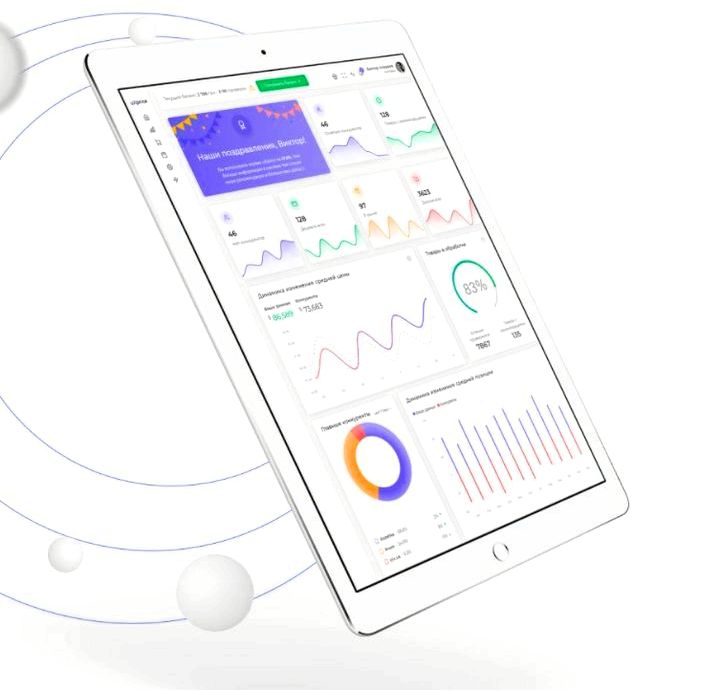Competitor price analysis is as much a priority for the owner of a small online shop as it is for the manager of a large retail chain. In this material you will learn how to search for, monitor and use other people’s prices to your advantage.
Competitor Price Analysis is a method of evaluating the competitiveness of your own prices in the current market conditions. In an increasingly competitive online environment, managers are being forced to pay close attention to other shops. The more choice a customer has, the more expensive it is to attract traffic and the higher the conversion price — the purchase price. When a user usually purchases the same product from more than one manager, he looks at the price first. It is worth saying that a handy price monitoring service is https://uxprice.com.

If you want them to choose your shop more often, offer a competitive price. Use specialized services to determine it, the functionality of which includes not only market forecasts, but also an analysis of competitors’ prices.
The competitive price of a product is the range of values within which the price of the product will be most attractive to consumers and most likely to result in a purchase under current market conditions and competition. This value lies within the boundaries of the competitive price corridor. The corridor differs for different product segments. For example, it could be:

- the average price and values between -10% and +10% of it;
- the median price and values between -5% and +5% of it
- the smallest price +5 to 10% of it.
A separate metric to note is the ideal price, which is the value that will bring the seller the most profit. This is a more complex metric than the competitive price, as it involves pricing strategy, business objectives, product margins and sales volume. Practically, it is a certain value from the competitive price corridor, which is determined by testing and your pricing strategy.
The benefits of competitor price forecasting and analysis
More than 81% of users compare prices in several shops before purchasing an item. This is understandable, because on the Internet they are located in adjacent tabs, not in the most diverse ends of the city. That way, if you track and analyse the prices of other managers, you are already one step ahead of those who don’t. Here are the benefits you get:
- Diagnosis of market volume, number of competitors and presence of leaders (managers with high brand value perception) in a wide variety of product categories;
- a clear competitor value analysis to help you make the best business decisions;
- increase in sales and return on advertising investment (increase in number of transactions and transaction rate, decrease in cost per customer and bounce rate)
- increased efficiency of assortment planning;
- receipt of discounts from suppliers and their substitution in case wholesale prices, based on the results of competitors’ price analysis, do not allow to put the required level of margin;
- meaningful residue sales;
- definition of an appropriate price formation strategy to maximise profits;
- user loyalty to the shop brand in the long run.
To sum up, competitor price benchmarking allows you to improve purchasing and pricing, always provide customers with attractive offers, and increase your own sales and profits.